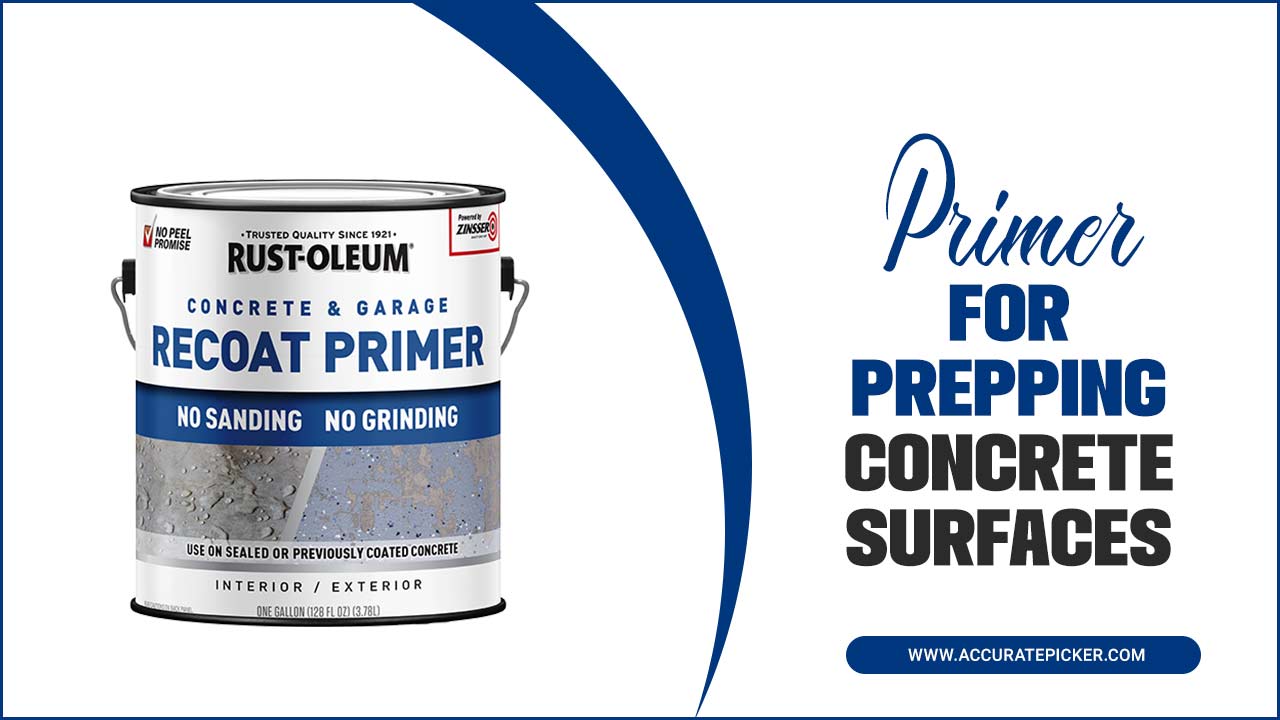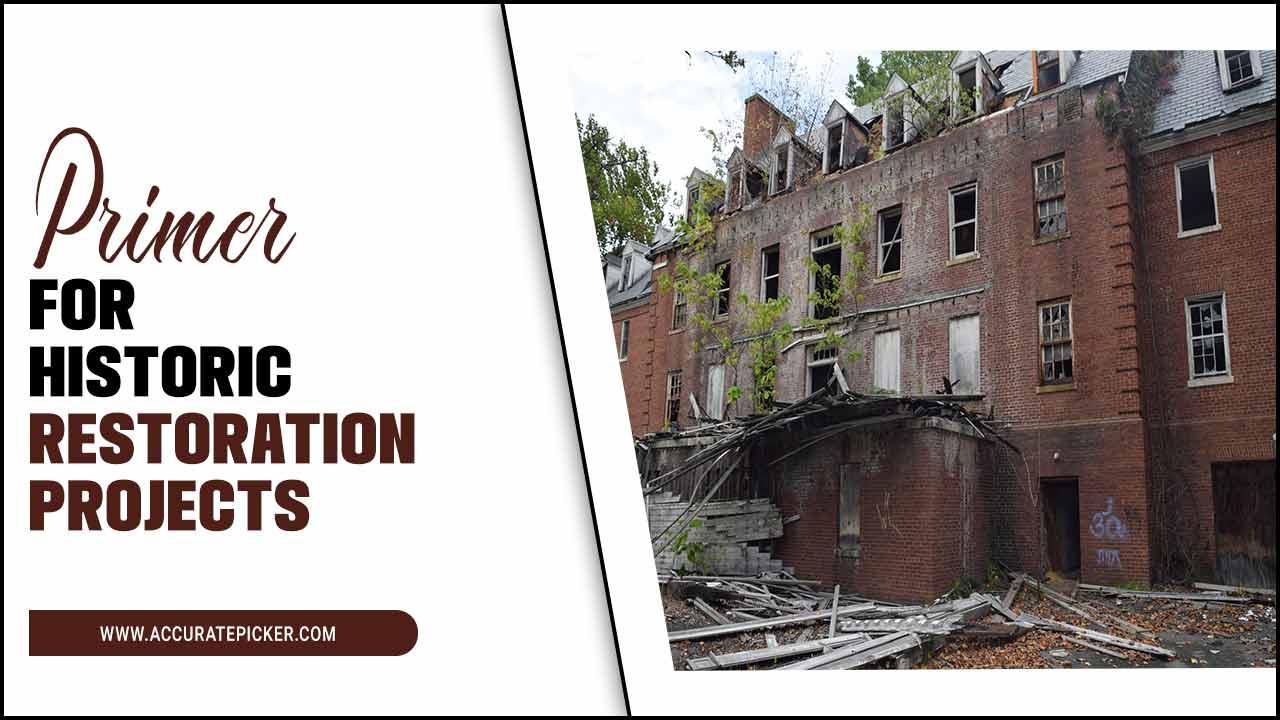Spray primer and brush-on primer are two of the most popular primers used for painting projects. Both of these primers have their own advantages and disadvantages, and it is important to understand the difference between them before starting a painting project.
Spray primer is generally easier to apply than brush-on primer and provides a more even coat. However, brush-on primer is easier to control and can be used on a variety of surfaces.
This article will explain the differences between spray primer and brush-on primer in detail, and provide some tips on how to choose the right primer for your project. It will also discuss the pros and cons of each primer, so you can make an informed decision when it comes to your painting project. With this information, you can make sure that you get the best results for your project. So, keep reading to learn more about spray primer vs. brush-on primer.
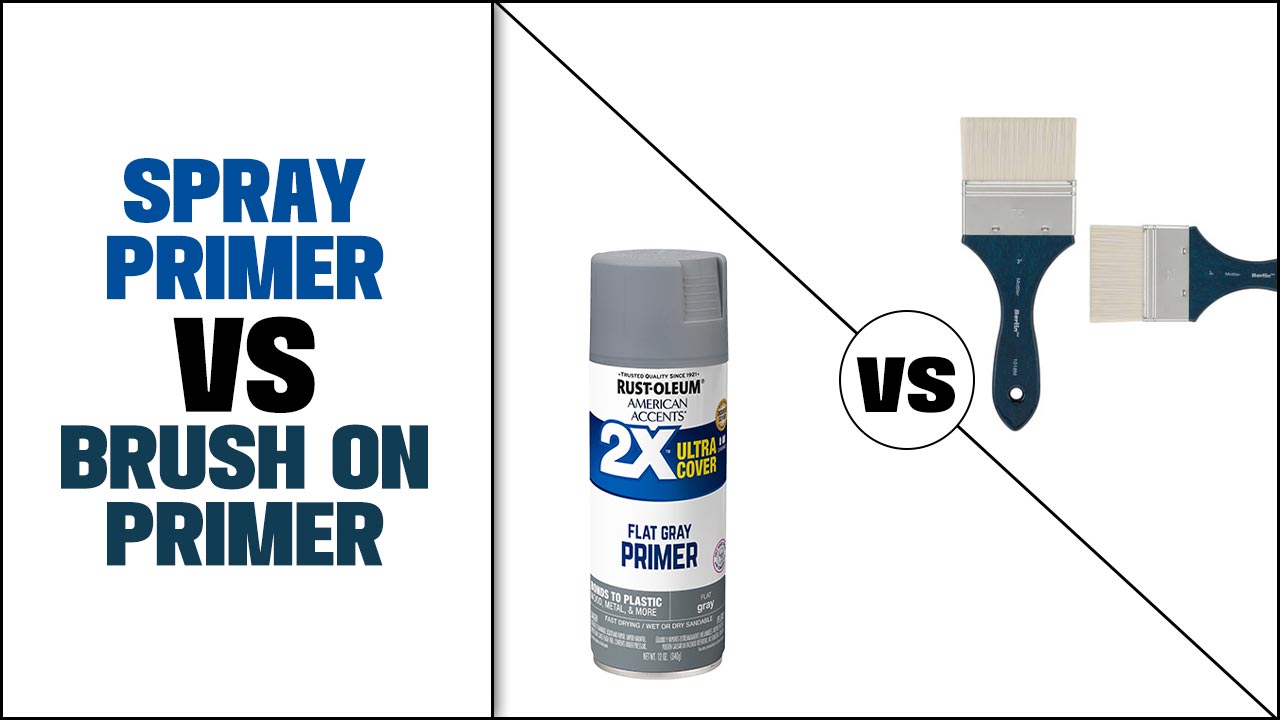
Spray Primer Vs Brush On Primer: Primer Showdown

When it comes to painting projects, choosing the right primer is essential for a successful outcome. Two of the most popular primers are spray primer and brush-on primer. While both are effective, they differ in terms of convenience, application, and cost. In this article, we’ll explore the differences between spray primer vs. brush-on primer so that you can make an informed decision when tackling your next painting project.
Advantages Of Spray Primer
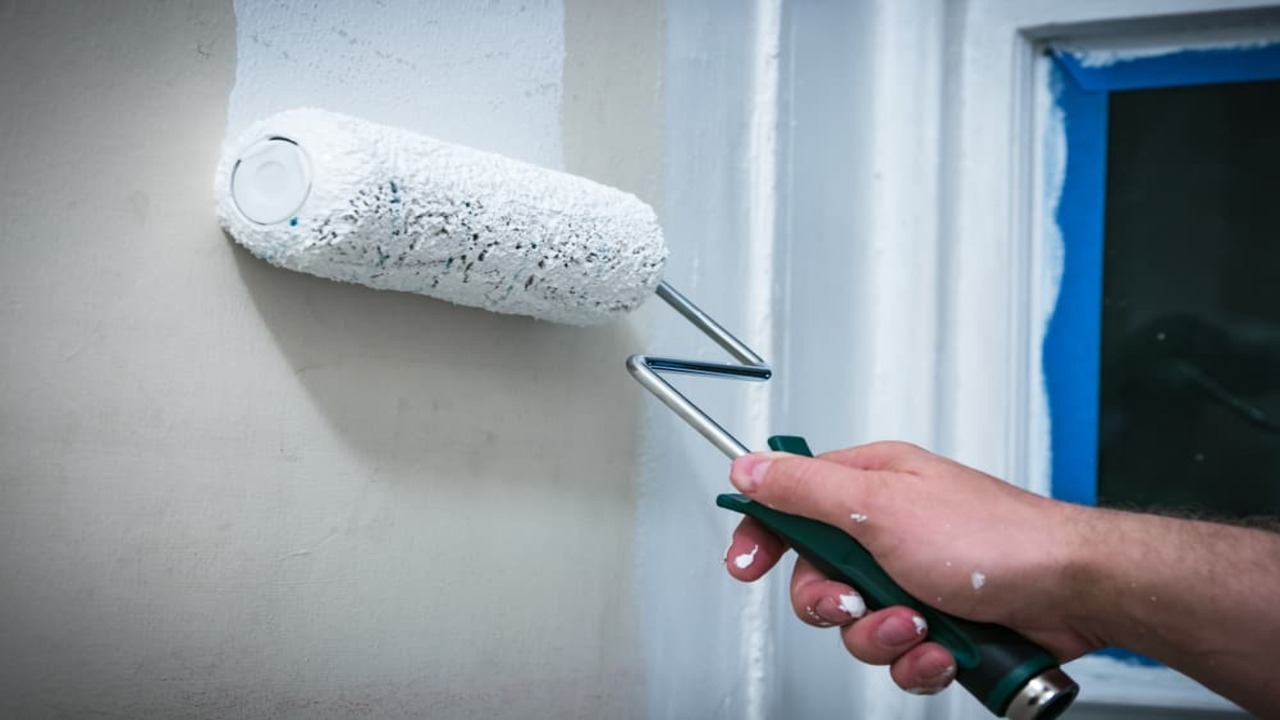
Spray primer offers a few advantages over brush-on primer. The most obvious is that it is much quicker to apply. This is particularly useful for large surfaces, as it can be applied much quicker than brush-on primer.
Another advantage is that it is much easier to get an even, consistent finish with spray primer than with brush-on primer. This is because brush-on primer can be difficult to apply evenly and consistently, especially to large surfaces.
Additionally, it is much easier to apply spray primer into crevices and hard to reach areas than brush-on primer. This is because the spray primer is applied in a very fine mist, which is able to get into small crevices and corners, which brush-on primer is unable to reach. Finally, spray primer is much more cost effective than brush-on primer, as it covers a larger area with fewer coats.
Quick Application
Spray primers and brush-on primers both offer quick and easy application. Spray primers, once shaken and stirred, are simply sprayed onto the surface to be primed. Brush-on primers come in a can or tube and can be applied with a brush or roller.
Both types of primer are easy to apply, with no need for complicated preparations. When working with spray primers, it’s important to ensure adequate ventilation and to wear an appropriate mask. Brush-on primers are less messy, but may require more time to apply, especially if you’re priming a large surface area. Regardless of the type of primer you choose, you can be sure that quick application will give you a smooth, even finish.
Even Coating
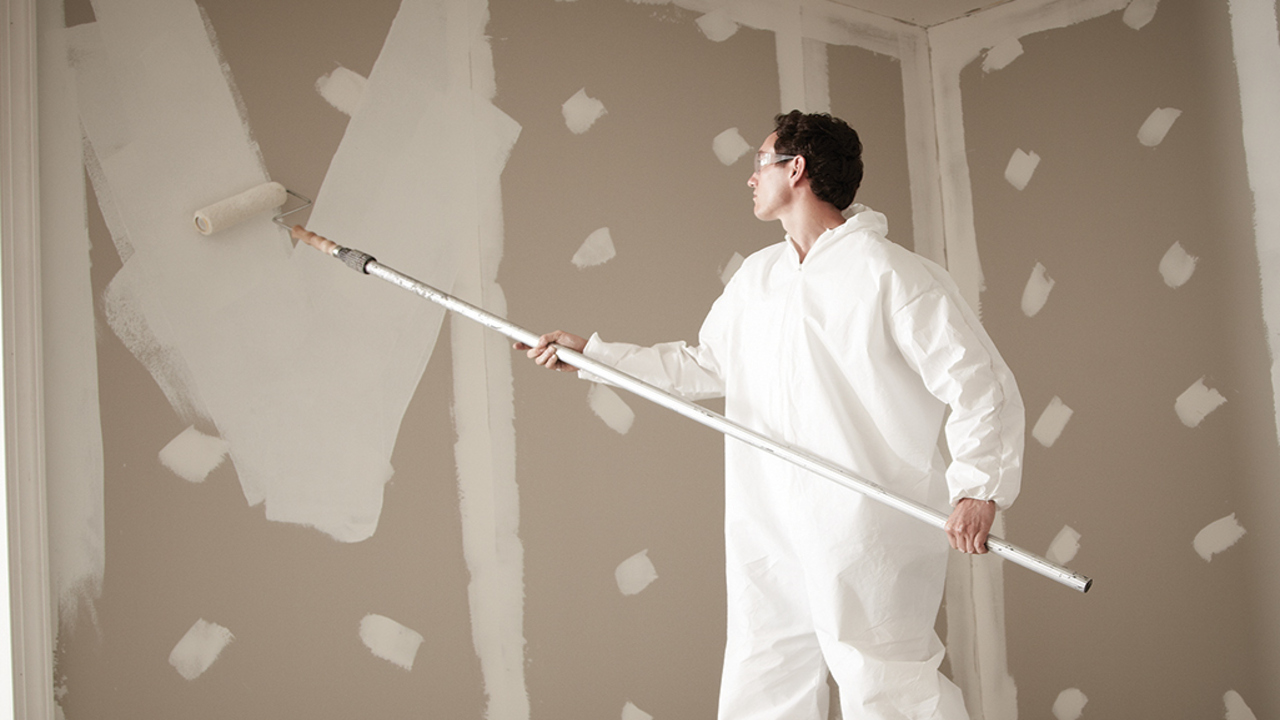
When it comes to priming, it is important to ensure that the area is evenly coated. This is important for the paint to adhere properly. Spray primer tends to provide an even coating when applied correctly. Unlike brush-on primer, there is no need to worry about creating brush strokes or creating an uneven surface.
As a result, spray primer is often the preferred choice when it comes to achieving a smooth, even coating. When using spray primer, it is important to make sure that even and consistent coverage is achieved throughout the entire area. This will ensure that the paint adheres properly and will provide the best possible finish.
Cost Effective
Spray primer and brush-on primer are both cost effective options for priming a surface before painting. However, the cost effectiveness of each type of primer depends upon the type of job you are doing and the size of the project.
Spray primer can be a more cost effective choice for large projects since it requires less time to apply, but it is more expensive and can be more difficult to control. Brush-on primer is more cost effective for smaller projects and can be easier to apply. Additionally, it can provide better coverage and better adhesion. Ultimately, the best choice for you depends on the scope of the project and your budget.
Reach Tight Spaces
When it comes to priming tight spaces, spray primer is the clear winner. It can reach into tight nooks and crannies with ease and provide an even and thorough coat of primer. Brush-on primer, on the other hand, can be harder to maneuver in tight spaces.
It can be difficult to get a consistent coat of primer down and may require multiple applications. Additionally, the bristles of the brush can get clogged up in tight areas and leave an uneven or spotty finish. Spray primer is the best choice when it comes to priming tight spaces.
Advantages Of Brushon Primer
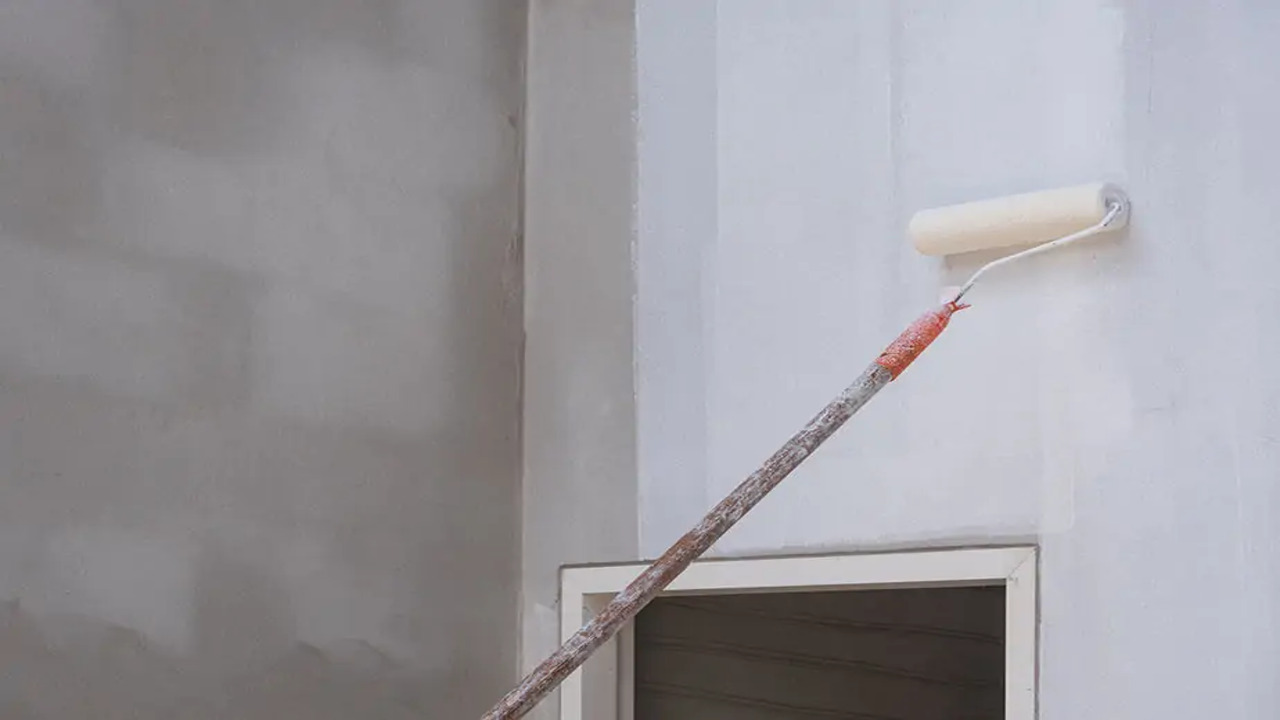
Brush-on primer has many advantages that make it a great choice for painting projects. It is easy to apply and can be used on a variety of surfaces, including wood, metal, and drywall. Brush-on primer also provides a consistent and even coverage, which is important when painting.
It is also thicker than spray primer, which means that it is less likely to run or drip, and provides a better bond to the surface. Additionally, brush-on primer is more forgiving and easier to repair should you make a mistake. Finally, it is often less expensive than spray primer, making it a great choice for those on a budget.
Precise Application
When it comes to precise applications, spray primer has a clear advantage over brush-on primer. Spray primer is a quick and efficient way to cover large surfaces with a smooth, even coat of paint. The aerosol container allows for a more even distribution of the paint, making it easier to achieve the desired finish. Brush-on primer, meanwhile, is more suited to smaller, more detailed areas, making it ideal for detailed pieces.
Due to its small size, brush-on primer also allows you to apply the paint more accurately and precisely. The downside is that it can be more time-consuming and more difficult to achieve a smooth finish. Ultimately, the choice between spray primer and brush-on primer depends on the size of the project and the desired results.
Quality Finish
When it comes to achieving a quality finish, spray primer and brush-on primer each have their own advantages. Spray primer offers a quick and easy application. It can cover large surfaces quickly, and provides a smooth, even finish. Brush-on primer, on the other hand, is more precise and allows for more control over the area being covered.
It can get into those hard-to-reach areas, and is often better for detailed projects. Additionally, brush-on primer can often be used on a wider variety of surfaces than spray primer. Both types of primer are effective, and the type you choose will depend on the type of project you are doing and the surface you are working on.
Choose Sheens

When it comes to choosing primer sheens, it depends on the type of project. Spray primer typically has a flat finish, while brush-on primer can come in a variety of sheens. If you are looking for a flat finish, spray primer is the way to go.
However, if you want a more decorative look, brush-on primer can be applied with different sheens, from glossy to semi-gloss to satin. The sheen you choose should complement the overall look of your project. Make sure to consider the type of paint you will be using on top of the primer.
Control Coverage
Spray primer and brush-on primer are two different types of primer that offer different levels of control over coverage. When using spray primer, you can quickly cover a large area with one coat. However, it can be difficult to achieve a uniform finish, as you may have to adjust the spray pattern or the distance between the can and the surface to avoid overspray.
Brush-on primer, on the other hand, offers more control over coverage. You can apply it in thin layers to ensure even coverage and avoid any drips or runs. Brush-on primer also allows you to focus on problem areas, such as corners, edges, and crevices. For this reason, brush-on primer is often the preferred choice for prepping surfaces before painting.
Conclusion
Spray primer and brush-on primer are both effective methods of preparing a surface for painting. Spray primer can cover large areas quickly, but may be difficult to control and can lead to overspray. Brush-on primer is more time consuming, but is easier to control for a more precise finish. Both types of primer can provide excellent adhesion and coverage, so the choice of which to use depends on the project and the desired results.
FAQ’s
1.What Types Of Surfaces Are Best Suited For Spray Primer?
Ans: Surfaces that are clean, dry, and free of dirt, oil, and debris are best suited for spray primer. Primer requires a porous surface that is able to properly absorb the primer, so surfaces like wood, metal, and drywall are ideal. Primer also needs to be able to adhere to the surface, so a rougher surface is better than a smooth one. Primer should not be applied to surfaces that are already painted or sealed.
2.Does Brush-On Primer Require Additional Coats?
Ans: Yes, brush-on primer typically requires multiple coats. Depending on the surface and the desired finish, additional coats may be needed to get the desired result. Primer should be applied in thin, even coats until the desired coverage is reached. It is important to wait for each layer to dry completely before applying the next.
3.What Type Of Brush Should Be Used For Brush-On Primer?
Ans: For brush-on primer, a natural-bristled brush should be used. It should be a quality brush with a good handle and a full, even brush head. The bristle size should be appropriate for the project – larger brushes for large surfaces and smaller brushes for smaller projects. It is also important to make sure the brush is clean before use.
4.Does Spray Primer Provide Better Coverage Than Brush-On Primer?
Ans: Yes, spray primer provides better coverage than brush-on primer. This is because spray primer is able to evenly and quickly cover a large surface area. Spray primer also has a smoother finish than brush-on primer, and it’s often easier to apply. Additionally, spray primer can provide a thicker coat of primer than brush-on primer.
5.Is It Necessary To Sand Between Coats Of Primer?
Ans: Yes, it is necessary to sand between coats of primer. This helps to make sure that the surface is smooth and even before applying the next coat. Sanding also helps to ensure that the primer adheres properly to the surface, creating a strong bond between the primer and the surface. It is best to use a fine grit sandpaper when sanding between coats of primer.



